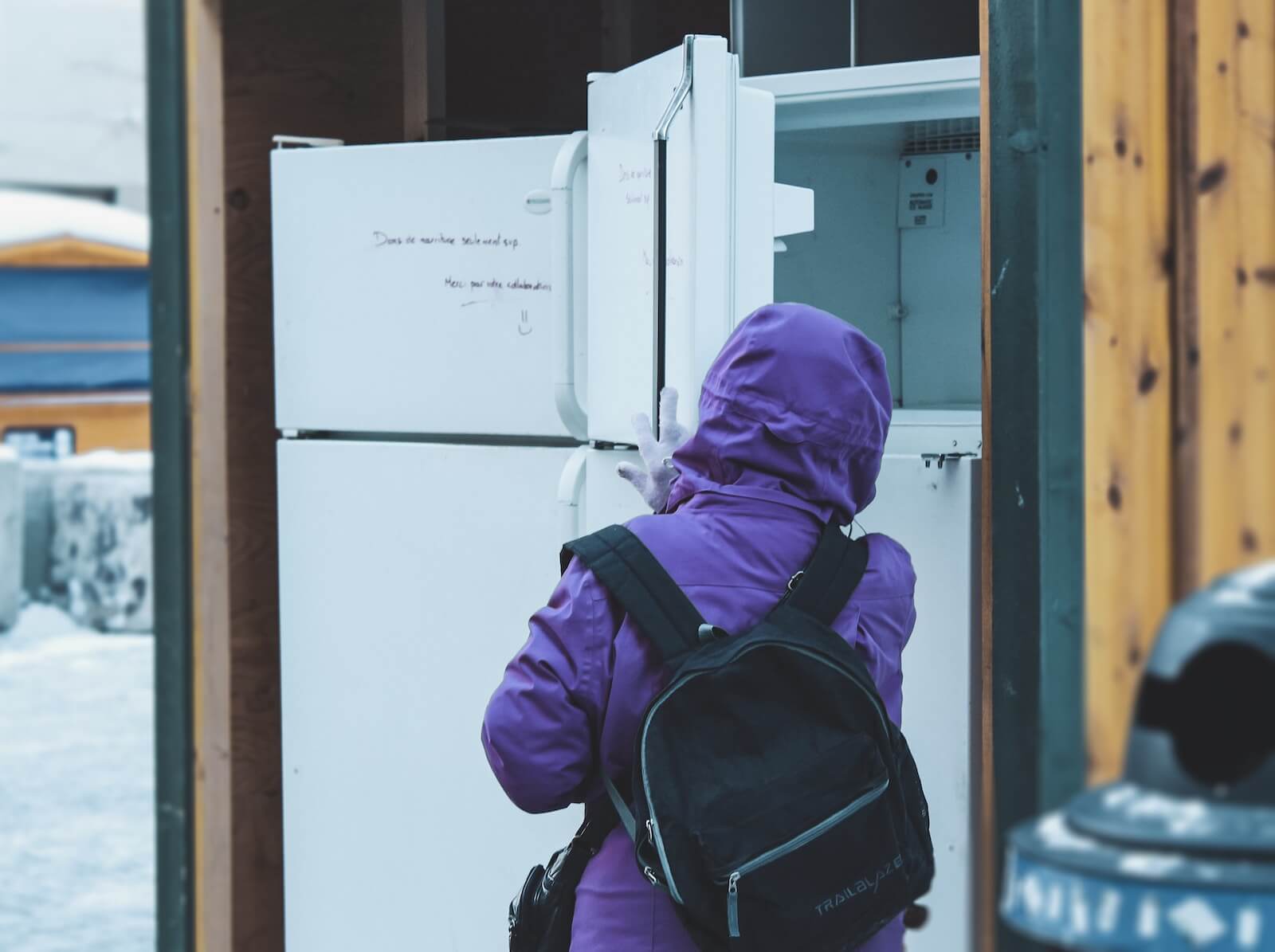LOS ANGELES — More people are having trouble getting food on the table, according to a recent study. While food insecurity is a growing concern in the United States, the research suggests the number of people with limited access to food is actually higher than what official reports estimate.
Food insecurity is a term for not having access to enough food to maintain an active and healthy lifestyle for everyone living in a single household. The U.S. Department of Agriculture sends out an annual survey to collect data on food spending and access to food per household. The data helps to inform policies which address the causes and consequences of food insecurity. However, with the disruption of the COVID-19 pandemic, the current study finds these reports underestimated recent food insecurity cases by as much as one-third.
The rate of national food insecurity did not change by much in 2019 (10.5%), 2020 (10.5%), and 2021 (10.2%). In California, food insecurity actually went down by one percent from 2019 to 2021.
The official numbers, however, vary greatly from the data collected weekly from Los Angeles County and the U.S. Census Household Pulse Survey. For example, the Household Pulse Survey found that L.A. County’s food insecurity more than doubled to 21.8 percent from February to April-May of 2020.

One reason for the big difference in reporting numbers has to do with people recalling their experience with food insecurity. Researchers explain that being asked about their recent experiences helped in collecting their recent experience. In Los Angeles, people were asked 11 times about food insecurity throughout 2021. By December, only one-third of people who reported food insecurity earlier in the year did not report it again when asked if they ever experienced it this year.
“Memory plays a key role in accuracy,” says Kayla de la Haye, the lead researcher and associate professor of population and public health sciences at Keck School of Medicine of the University of California, in a media release. “That’s why the time frame during which a survey is conducted is vital, as recall is biased against events that are less frequent or further away.”
To gather better estimates of food insecurity, the authors recommend the Department of Agriculture and other food agencies conduct surveys multiple times a year asking them about their experience with food insecurity situations in the past week or month. Doing so can help policymakers identify areas in crisis and what efforts are helping to address this issue.
The study is published in the American Journal of Preventive Medicine.
You might also be interested in:
- Dollar stores now the fastest-growing food retailers as Americans tighten their budgets
- Desperate times: 4 in 10 Americans battling food insecurity for first time ever during COVID
- Inflation in America: Older adults fear going hungry over rising food costs


So, the country that could feed the World now can’t feed itself?
The World’s most efficient 100 year old supply chain can’t deliver ?
Suddenly, we have to eat bugs according to “big thinkers”?
Does any of this make sense?
The reason for not having food is because people are not working. If you work you have money to buy food!
Really? Rent prices have gone through the roof. Gas prices are up. Prices for cars and financing charges are way up. Utility prices are way up. Guess what? I got a small $1.00 an hour raise and that is not enough to overcome all the price increases that incurred for living. I clip coupons before I go grocery shopping. Most coupons no longer double. Often the food that is available with coupons are not on sale at the same the coupon is valid. Also, very few coupons are for food anymore. Or it is for food that no one in my family will eat.
A lot of the people I work with do not have the ability to bring lunch to work. One of my workers rarely takes a lunch break. He works 9 hour shifts. He can not afford to buy food. He used to work 2 jobs but is trying to live by working only one. Another of my workers eats Ramon Noodles everyday for lunch. She says it is all she can afford. Ramon noodles are not good for you and not intended to be eaten everyday. I have another coworker who has a very hard time between paydays. The day or two before payday, he eats very little or weird things for lunch. It is all he has. These people work full time and often overtime.